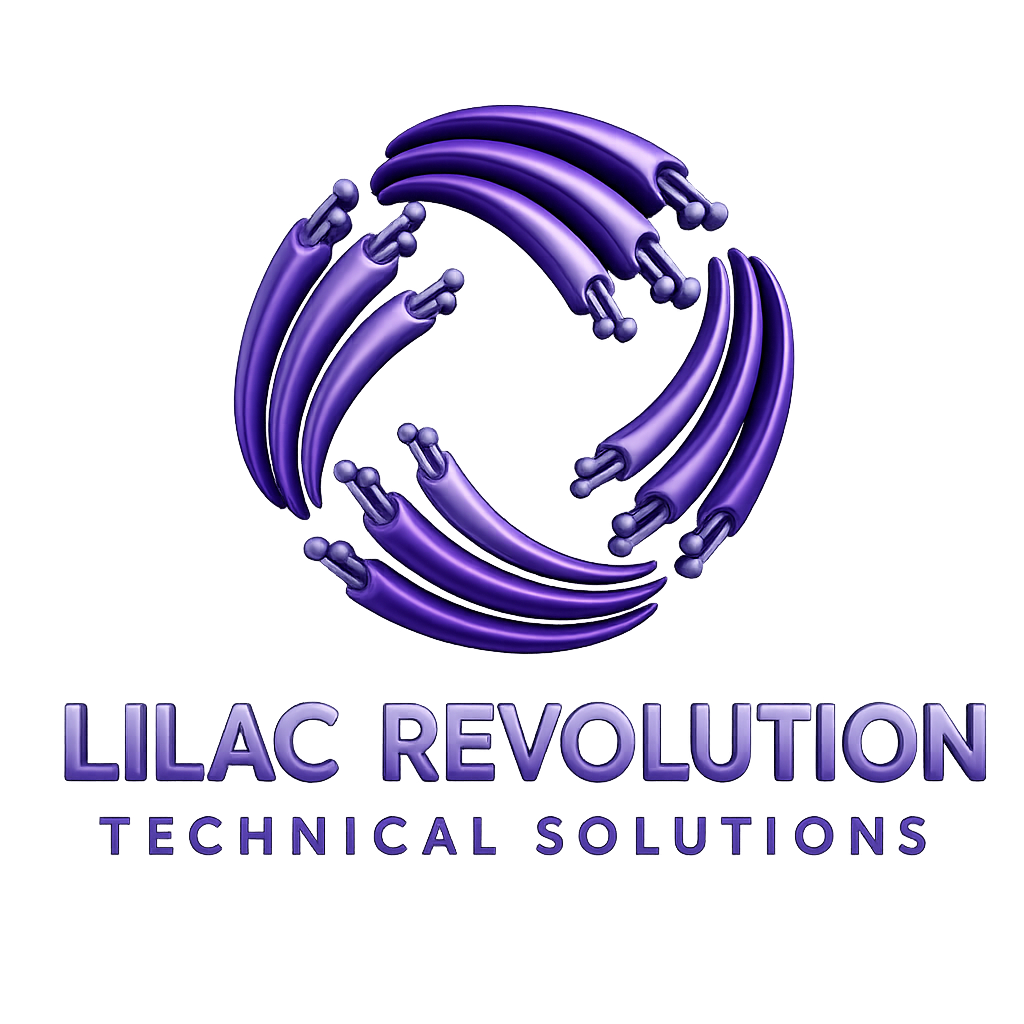Mastering Tight Deadlines: Project Management Tips for Success
Navigating tight deadlines in project management requires a strategic approach that balances urgency with quality. In this post, we’ll share essential tips for prioritizing tasks, fostering effective team collaboration, and leveraging technology to streamline your processes. These strategies are designed to support project managers and team leaders as they work under pressure, ensuring that deadlines are met without sacrificing the well-being of your team. By implementing these practical methods, you can achieve project success and maintain operational efficiency, even in the most challenging of timelines. Get ready to empower your team and enhance your project management skills with actionable insights. For more on this topic, check out this helpful resource.## Prioritizing Tasks for Tight Deadlines

When facing tight deadlines, effective task prioritization is crucial for project success. This section explores strategies for identifying critical tasks and setting realistic goals to manage your project efficiently.
Identifying Critical Tasks
Identifying critical tasks is the foundation of successful project management under tight deadlines. It’s about focusing on what truly matters and allocating resources wisely.
Start by listing all tasks and categorizing them based on their impact on project outcomes. Use techniques like the Eisenhower Matrix to separate urgent and important tasks from those that can be delegated or postponed.
Consider dependencies between tasks. Some activities might be prerequisites for others, creating a critical path. Identifying this path helps you focus on tasks that directly influence project completion.
Involve your team in the identification process. Their insights can uncover hidden dependencies or challenges that might not be immediately apparent to you as a project manager.
Setting Realistic Goals
Setting realistic goals is vital when working under pressure. It’s about striking a balance between ambition and practicality to ensure your team can deliver quality work within the given timeframe.
Begin by breaking down larger objectives into smaller, manageable tasks. This approach makes the workload less overwhelming and allows for more accurate time estimations.
Use the SMART criteria (Specific, Measurable, Achievable, Relevant, Time-bound) to define your goals. This framework helps create clear, actionable objectives that your team can rally behind.
Be prepared to adjust goals as the project progresses. Flexibility is key in tight deadline scenarios, and being open to reassessing and modifying goals can prevent burnout and maintain team morale.
Communicate these goals clearly to your team, ensuring everyone understands their role in achieving the project’s objectives within the tight timeline.
Enhancing Team Collaboration

Effective team collaboration is the backbone of successful project management, especially when facing tight deadlines. This section focuses on strategies to foster open communication and delegate responsibilities efficiently.
Encouraging Open Communication
Open communication is the lifeblood of any successful project, particularly when time is of the essence. It ensures that information flows freely, problems are identified early, and solutions are found quickly.
Create an environment where team members feel comfortable sharing ideas and concerns. This can be achieved through regular check-ins, open-door policies, and utilizing collaborative tools that facilitate easy information exchange.
Implement a clear communication protocol. Define how and when team members should communicate updates, challenges, or questions. This structure helps prevent information overload while ensuring critical messages don’t get lost in the shuffle.
Lead by example. As a project manager, demonstrate transparency in your communication. Share project updates, changes in priorities, and feedback consistently. This approach sets the tone for the entire team and builds trust.
Encourage constructive feedback among team members. This not only improves the quality of work but also fosters a culture of continuous improvement, which is crucial for meeting tight deadlines.
Delegating Responsibilities
Effective delegation is a critical skill for project managers, especially when working under tight deadlines. It’s about assigning the right tasks to the right people, ensuring efficient use of your team’s skills and time.
Start by assessing your team members’ strengths, weaknesses, and current workloads. Match tasks to individuals based on their expertise and availability to maximize productivity and quality of output.
Clearly define expectations for each delegated task. Provide context on how the task fits into the larger project, set clear deadlines, and outline the expected quality standards.
Empower your team members by giving them the authority to make decisions within their assigned responsibilities. This autonomy can speed up processes and boost team morale.
Follow up regularly on delegated tasks, but avoid micromanaging. Strike a balance between providing support and allowing team members to take ownership of their work.
Leveraging Technology for Efficiency

In today’s fast-paced project management landscape, leveraging technology is crucial for meeting tight deadlines. This section explores how to automate routine processes and utilize project management tools to boost efficiency.
Automating Routine Processes
Automation can significantly reduce the time spent on repetitive tasks, allowing your team to focus on more critical aspects of the project. It’s about working smarter, not harder, in the face of tight deadlines.
Identify processes that are repetitive and time-consuming. These could include report generation, data entry, or even certain aspects of communication. Once identified, look for tools or software that can automate these tasks.
Implement automation gradually. Start with one or two processes and measure the impact before expanding. This approach allows for fine-tuning and ensures the automation actually saves time rather than creating new complications.
Train your team on how to use and benefit from these automated processes. Ensure everyone understands how automation fits into their workflow and the project as a whole.
Regularly review and update your automated processes. As your project evolves, so should your automation strategies. Stay open to feedback from your team about what’s working and what could be improved.
Utilizing Project Management Tools
Project management tools are invaluable for keeping teams organized and on track, especially when facing tight deadlines. They provide a central platform for task management, communication, and progress tracking.
Choose a tool that fits your team’s needs and project requirements. Consider factors like ease of use, integration capabilities, and specific features that align with your project management style.
Implement the tool consistently across your team. Ensure everyone is trained on how to use it effectively and establish guidelines for its use to maintain consistency and clarity.
Use the tool to create a clear project timeline, assign tasks, and set milestones. This visual representation helps everyone understand their responsibilities and how they fit into the larger project scope.
Leverage reporting features to gain insights into project progress and potential bottlenecks. Regular analysis of this data can help you make informed decisions and adjustments to keep the project on track.
